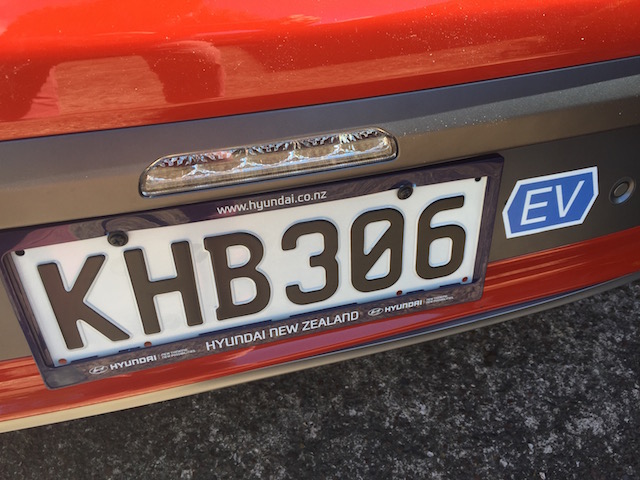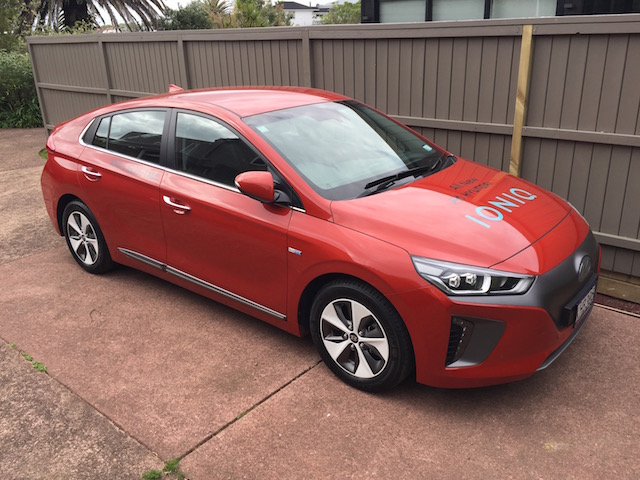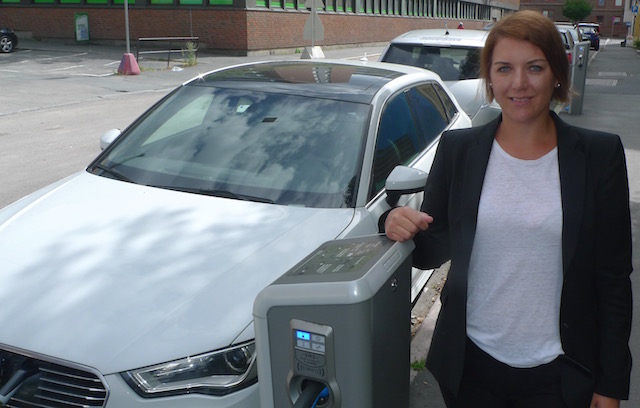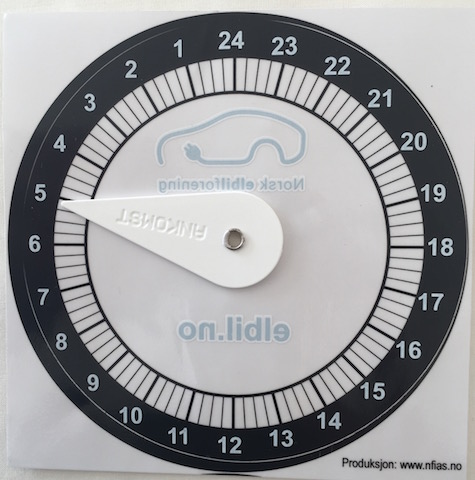
Sales of new battery-electric (BEV) vehicles in New Zealand at the end of August leapfrogged the number registered in the same eight-month period last year.
Back then, 120 new BEVs were on the Government’s books after eight months. This year, 247 have been registered. That’s year-on-year growth of 105 per cent.
Further, it’s a 366 per cent hike on the 53 registered in 2014 and 160 per cent on the 95 in 2015. Growth in 2016 over 2015 was a less impressive 26 per cent, from 95 to 120.
Unlike past years, the big movers in 2017 were models from US company Tesla and South Korea’s Hyundai. Tesla’s sales of Model S sedans and Model X SUVs at the end of last month were year-on-year up 278 per cent, from 33 to 125.
Hyundai’s Ioniq sedan has also taken off, from 4 registrations at August last year to 79 this year, thanks in part to its deal with Christchurch EV ride-sharing operation Yoogo. For the record, that’s growth of 1875 per cent.

Another BEV provider involved with Yoogo is BMW. At the end of August last year it had registered 84 of its i3 hatchbacks; this year the number is down to 41, a slump of 51 per cent.
The 247 BEV registrations between January 1 and August 31 were split 111 private, 76 corporate, 1 rental, 16 government, 79 distributor/dealer pre-registrations.
But the number of new BEVS to the end of last month paled compared with the 2209 used BEVs landed in NZ in the same period, many of which were the Nissan Leaf, last sold new in NZ in 2015.
The BEV imbalance is not the case with plug-in electric vehicles (PHEV) registered to the end of August. New models totalled 290 units; used 264. Incidentally, new registrations were up 12.5 per cent from 258 for the same period last year.
The dominant new PHEV is the Mitsubishi Outlander – its 169 registrations this year account for almost 60 per cent of the PHEV market. Way back in the mix are the Hyundai Iconiq (23) and Audi A3 e-tron (22). BMWs, Minis, Volvos, Benzes, Porsches, and three Lexus models make up the balance.
The Outlander has been the segment’s standout model for the past four years: 197 out of 199 PHEVs in 2014; 139 out of 188 in 2015; 157 out of 258 in 2016.
Just as the Outlander dominates the new PHEV market, the petrol-electric Toyota Camry and Corolla are pretty much the go-to vehicles among new petrol-electric hybrids.
Of the 973 registered at the end of last month, Camry accounted for 305 and Corolla 271, a combined 60 per cent. Overall, Toyota and its luxury arm Lexus registered 966 new hybrids, 99 per cent of the total.
The NZ Government has a target of 64,000 EVs on the road by 2021-22. Part of its programme is underway in Auckland now.
The NZ Transport Agency has opened up 11 motorway on-ramps for BEVs and PHEVs, part of a 12-month trial to encourage the use of zero-emission vehicles. EV drivers will be able to use the same bypass lanes as buses, for example.
The NZTA says the trial is an important step in cutting greenhouse gas emissions. EV owners on the NZTA register will be given an EV sticker to place on the car’s rear numberplate (pictured above).
The trial is strictly for BEVs and PHEVs. Hybrids, like the Toyota Prius and Camry – that use a petrol engine/generator to charge battery packs while on the move – are not eligible.
There has been much written of late on New Zealand’s suitability for EVs compared to that of Norway. Both countries lead the world in renewable energy from hydro-electric power stations and wind farms: Norway produces 98 per cent, New Zealand 85 per cent. Norway has 5.2 million people; New Zealand about 4.5m.
But that’s where comparisons end. Norway has enormous gas and oil reserves and can afford to generously subsidise the uptake of EVs, New Zealand might like to but it can’t – it doesn’t have Norway’s bankroll.
Norway is rated as the second wealthiest country in the world. It has managed the wealth from its natural resources to the point where it has the world’s biggest state-owned piggy bank, a sovereign wealth/pension fund that the other day topped more than US$1trillion. In theory, every Norwegian is a local currency millionaire. The fund was set up in the late 1960s.
- More than a billion US dollars a week from Norway’s oil and gas industry passes through the fund’s office in the Norwegian Central Bank building in Oslo • The fund owns 1 per cent of all the stocks and bonds in the world • It owns 2 per cent of all listed companies in Europe • It owns a large real estate portfolio, including 25 per cent of London’s ritzy Regent Street. Other stakes include property in Times Square, New York, and the Champs Elysees, Paris.

NEVA secretary-general Christina Bu at one of the many charge stations near her office in Oslo
I chatted recently in Oslo to the secretary-general of the Norway Electric Vehicle Association (NEVA). Her name is Christina Bu. Here are some of the things we talked about:
- Norway’s hydro-electric plants contribute 95 per cent of the country’s energy needs. Wind farms produce 3 per cent, and gas plants 2 per cent. Gas plants are to be phased out over the next few years.
- Norway will soon reach a point where it is producing more renewable energy than it needs. Already it is looking at exporting it via land-based cables to nearby neighbours Sweden and Denmark and undersea cables to grids in Germany and elsewhere in Europe.
- New Zealand can produce as much renewable energy as it wants, but it can’t export it by conventional means – not as an island nation. Unless of course it strings an undersea cable across the Tasman to energy-greedy Australia? Or until the day portable, ultra-high-density batteries holding multiple megawatts of power in reserve can be shipped overseas?
- The Norwegian Government offers huge tax incentives for EVs, along with free parking, free charging, bus and truck lane sharing, free tollroads, free ferry crossings via the country’s many fjords …
- In April 2015, there were 50,000 BEVs and PHEVs registered in Norway. Two months ago, there were 118,000 BEVs and PHEVs. Petrol-electric hybrids pushed the total to 160,000. In the first six months of 2017, 34.5 per cent of all car sales were plug-ins: 18.6 per cent BEVS, 15.9 per cent PHEVs.
- Norway taxes petrol and diesel cars more heavily than most EU countries. For instance, an SUV with a 4.0-litre V8 petrol engine carries a purchase tax of 230,000 Norwegian krona (NKr230,000), or around NZ$40,000. Add 25 per cent Value Added Tax (VAT) and the total cost of the SUV works out at about NKr777,000 (NZ$130,000). Tesla Model S and X cost about the same as the SUV but are free of purchase and VAT tax.
- There are more than 30,000 Nissan Leaf EVs registered in Norway, or about 1.2 per cent of the country’s total car fleet.
- The free ‘parking pass’ for Norway’s EV owners is pictured here. It’s a 24-hour dial. Pull up at a paying parking meter, set the arrow on the pass for, say, five hours, leave it where it can be seen on the dashboard – just like a parking ticket in NZ – and go about your business for the next five hours.
- Norway’s EV owners have their own lobby group, the Norway Electric Vehicle Association (NEVA). In 2014 it had 10,000 members. Now it has upwards of 45,000. Members pay an annual subscription of around NZ$70. Says Bu: “It’s similar to the Automobile Association, but for EV owners only.”
- A NEVA-inspired app showing the country’s charge stations – including 800 quick-charge outlets – and how to plot journeys between them is free to members. NEVA earlier this year struck a discount deal for its members with one of Norway’s ‘storefront’ insurance companies. “We try to add as much value as possible,” says Bu.
- Norway, like New Zealand, wants to cut its greenhouse emissions. Both countries get most of their electricity from hydro stations. This leaves transport having to bear the brunt of efforts to reduce emissions. “Norway needs to cut carbon dioxide emissions,” says Bu. “How are we going to reach our goals? We can’t close a coal plant unlike many countries. So transport is pretty much the answer.” Transport in New Zealand is blamed for 17 per cent of emissions.

